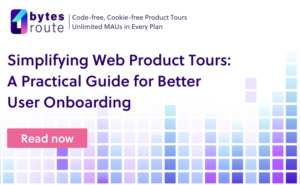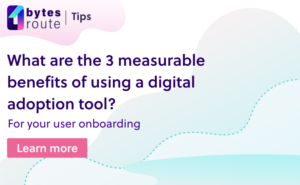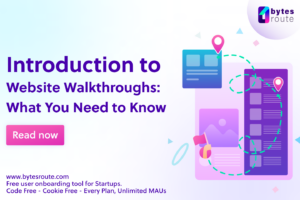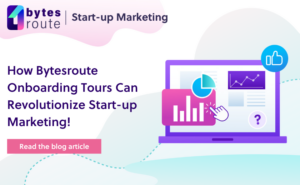Have you ever felt lost in a product not knowing what to do next? Or even worse, have you ever felt bombarded with too much information which you couldn’t make sense of after just registered for a service?
If your answer is no, then my logic may not appeal to you that easily. However, I’m counting on at least one bad experience you may have had in the past using digital products or services for the first couple of times.
That nightmare can also be experienced by your users, in regards. One possible reason for the pain might be quite basic: you may have created tours for your digital product or service, tours that were not appropriate for the phase-in time your clients were at.
Not just product tours, relevant product tours!

It may sound obvious, but creating non-relevant product tours for your customers may cause more harm than not providing them product tours, at all. Let me share with you some tips on how to create better product tours, thus helping you boost your products’ user engagement.
Know your customers’ current goal

Perhaps you don’t know precisely what your customers’ goal is at some point in time, especially during the early phases after registration or in the trial mode.
I’m not going to say it is a piece of cake knowing what clients want to do at a specific time, but this will, somehow, have to be managed to be successful with any sort of user metric.
You don’t have to be 100% right all of the time, I don’t think that is even possible, as people have different goals all the time. They can even change some of these goals within a short time frame. There is always a small escape door you can take, bear with me for a while.
Talking to your users is king

Once you have a pretty good picture of what your users want to accomplish, just point them in the right direction with a product tour.
Let’s assume their goal is ‘action A’. A good tour may sound like: “Want to do action A? Here are the 3 steps you need to follow to get to action A. Skip this tour or proceed to step 1”.
Four key points to have in mind, considering the above scenario:
- Do not show off your product capabilities, just lead clients to their current goal.
- Remember the escape door I mentioned earlier? Give yourself and your users a way out of the tour, just in case their current goal is not action A. “Skip this tour” is your get of jail free card.
- Make sure the users are properly informed but not overwhelmed and bored. I recommend having no more than 3 to 4 brief steps per tour.
- Let them know the progress they have made during their tour journey. This somehow eases the whole process, ensuring the customers of being on the right track.
Data analytics to rule them all
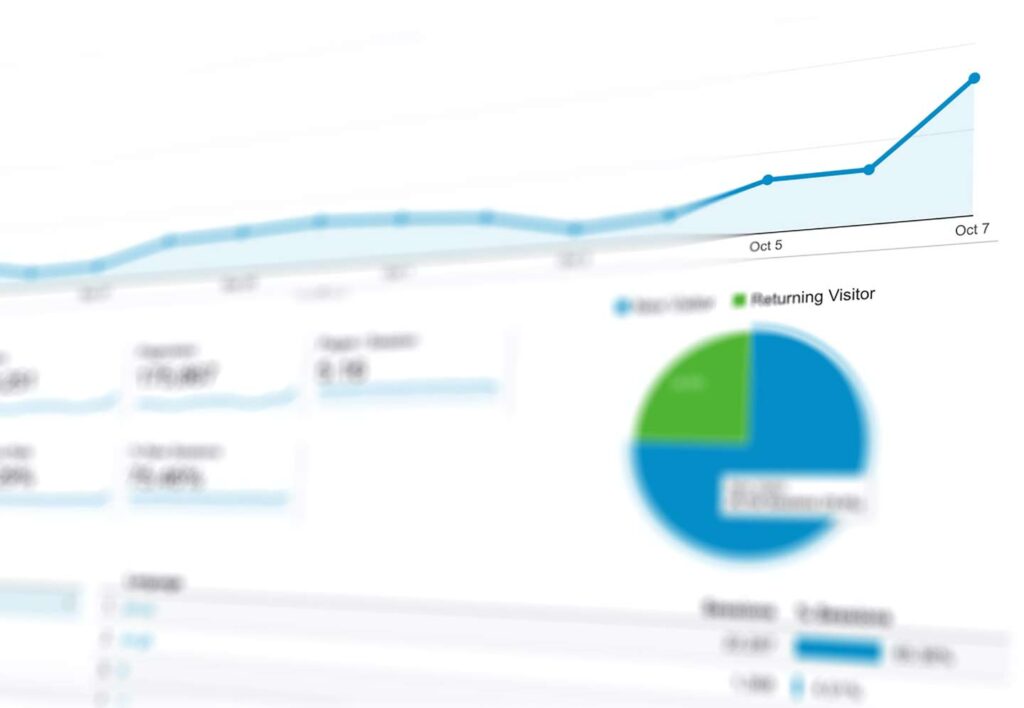
Already have your tours up and running for some time? It’s time to see whether they are performing accordingly. Going top to bottom in a tours’ hierarchy, here are 4 of the most important aspects to consider:
- A tour being skipped or stopped in its early stages means you have to re-adjust to your customers’ goals. Numbers say that, most likely, your customers have different goals than you assumed they did. Re-adjusting goals could mean removing or adding new steps, deleting the entire tour plus creating a different one, or anything in between.
- The rate of completion per tour must be as high as possible. It most certainly cannot be 100%, as perfection tends to be merely an illusion. This way you have ensured the users get a good onboarding experience and are properly engaged with the content within the tour.
- Pay attention to steps that are skipped or stopped. Most of the time, these steps do not bring value to your customers and need to be removed.
- Watch out for errors within the steps. This indicator will tell that something was wrong with a particular step. Whether it was some sort of a bug or something was not loaded correctly by the system, you need to fix it right away in case you notice high values.
The points described above should be applied in a repetitive process. Anytime something is changed, it should be measured and re-measured to get better results. This is the route to having great product tours.
Stay tuned for more tips as we’ll share more knowledge on how to better create onboarding experiences for your customers, in upcoming blog posts.
Until then, follow us on Twitter, give us a like on Facebook or just say hi.
